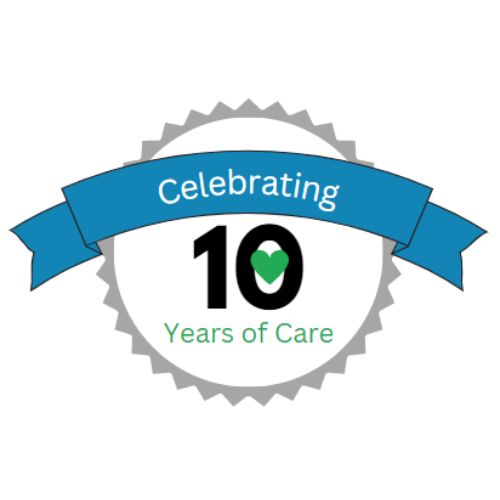February is National Heart Health Month. During this month, the goal is to raise awareness for heart health and heart disease. Many people join the efforts by wearing red on February 2nd and sharing photos of their outfits on social media. Others join to support efforts by donating money to research organizations. Heart health awareness can also be achieved by gaining more education on heart disease.
Heart Health Awareness and Education
What exactly is heart disease? This disease is also known as cardiovascular disease, which is a general term encompassing other medical conditions. This includes conditions which involve blocked or narrowed blood vessels and can lead to major issues like heart attacks, strokes, or chest pain.
There are various types of cardiovascular disease which are characterized by different symptoms:
Coronary Heart Disease – can be caused by hardened or narrowed arteries
- angina (chest pain)
- shortness of breath
- various pains (neck, jaws, neck, shoulders, back)
- nausea
Women may experience some different symptoms, including sleep problems and indigestion.
Cardiomyopathy (Heart Muscle Disease) – The heart muscle is enlarged, thick and/or stiffened; this can lead to heart failure. There are 3 different types of cardiomyopathy which have their own causes and symptoms.
Dilated Cardiomyopathy (enlarged left ventricle):
- lightheadedness or dizziness; fainting
- fatigue
- weight gain
- leg swelling
- chest pain/pressure
Hypertrophic Cardiomyopathy (thickened heart muscle):
- chest pain/pressure
- palpitations
- fatigue
- shortness of breath
Restrictive Cardiomyopathy (ventricles are too rigid to properly expand):
- fatigue
- weight gain
- chest pain/pressure
- bloating
- poor appetite
- nausea
Heart Failure – can be caused by a heart attack or extremely high blood pressure
- shortness of breath
- fatigue and weakness
- difficulty breathing while lying down
- bodily swelling (legs, ankles, feet)
- irregular heart rate
Who is At Risk?
There are many risk factors for heart disease. Some can be helped while others are inevitable. Individuals who increase their physical activity are actually lowering the risk of developing heart disease. Even if someone already has issues with their heart, physical activity, even in the smallest amount, can help improve the condition.
Smokers may be at risk because the nicotine can lead to accelerated heart rate and high blood pressure. The usage of tobacco can cause damage to the lining of the blood vessels and can lead to coronary artery spasms. It is believed that smokers who are women are more at risk for a heart attack than men. But, regardless of their gender, smokers should take the consequences into serious consideration.
As stated before, some risks are inevitable and cannot be helped. Many people are at risk simply because cardiovascular disease runs in the family. Also, some people who have diabetes could possibly develop heart disease. This is because diabetes can cause damage to one’s nerves and blood vessels. It is also believed that ethnicity can play a role as a risk factor. Although these factors are sometimes the case, individuals can still work to prevent heart issues by avoiding tobacco, exercising regularly, eating healthy foods and more.
How Florida First Can Help
With February being a month of raising heart health awareness, it is a good time to think about you or your loved one and what can be done to promote healthy hearts. Lifestyle changes may be in order. But, if you or someone you know is a senior who may be at risk, perhaps it is time to seek the help which may be offered through senior home care. We provide referral services which can pair clients with caregivers. Contact us at (561) 266-3558 or (954) 800-600. You can also schedule a free consultation and fight heart disease today.







